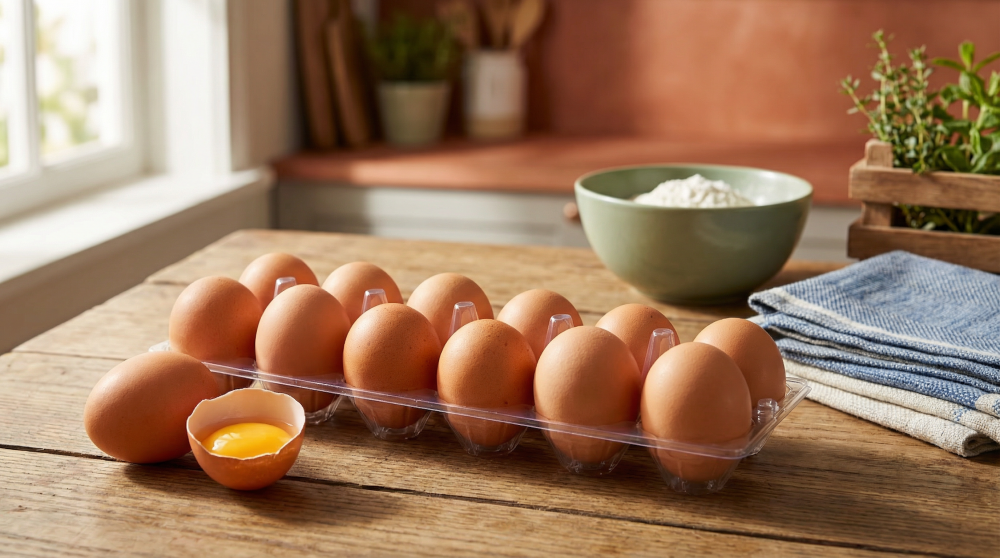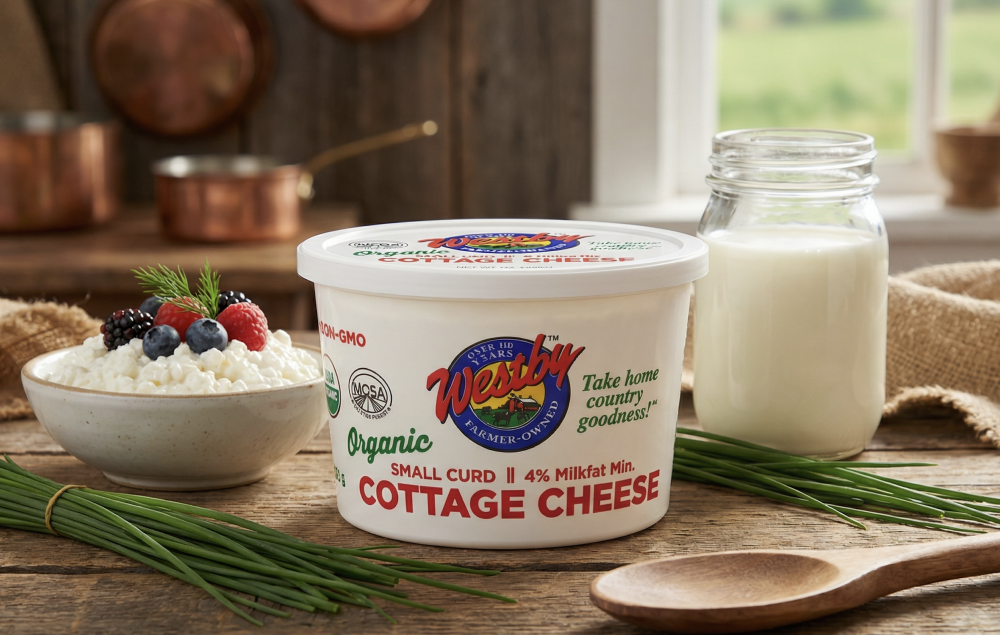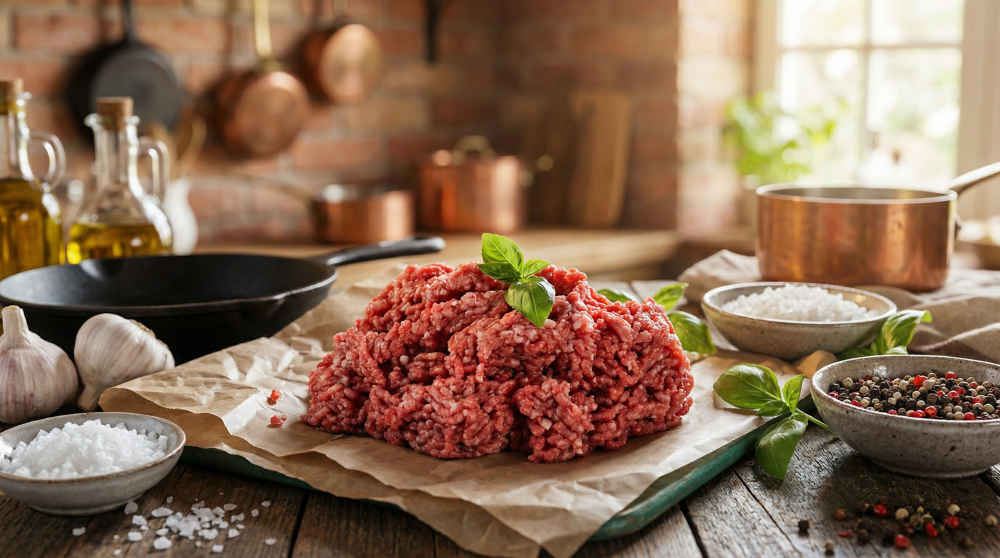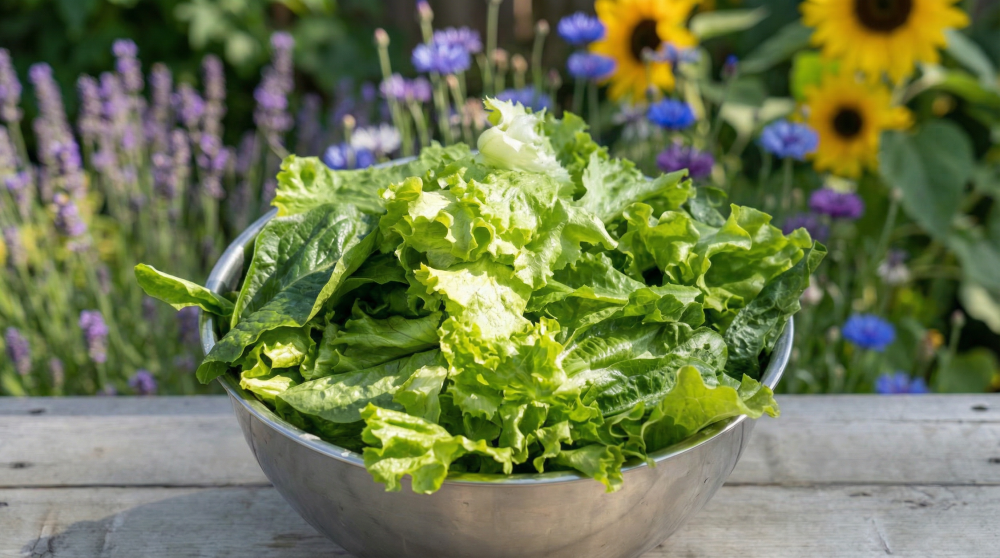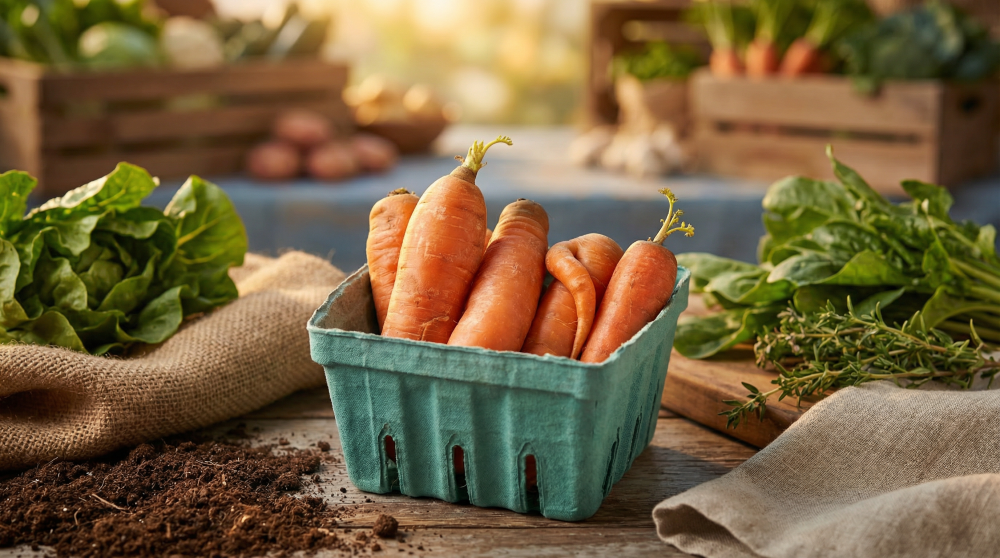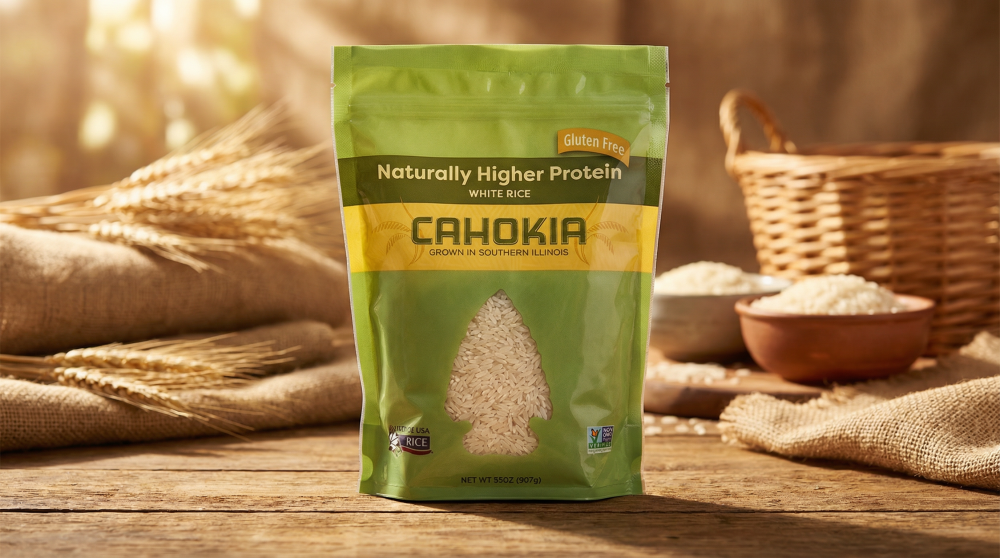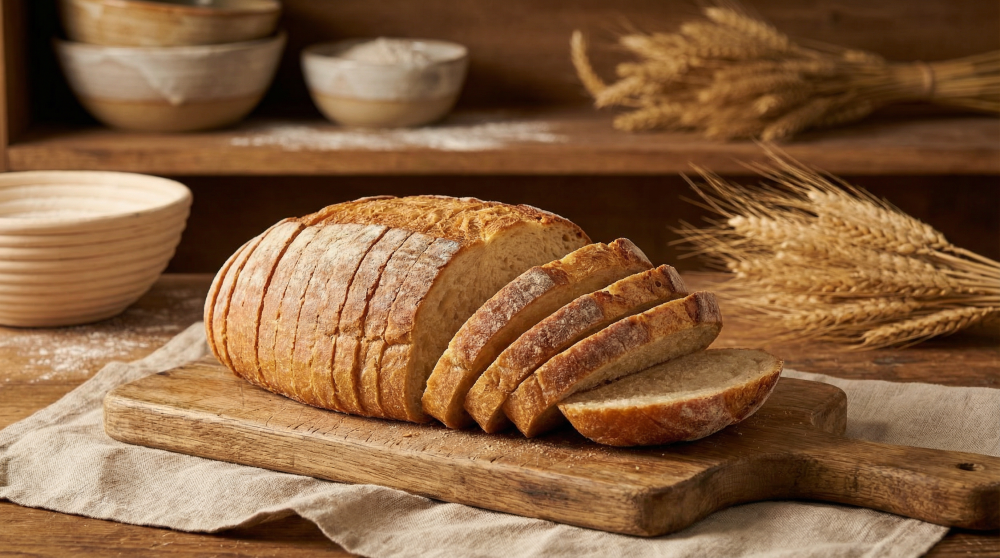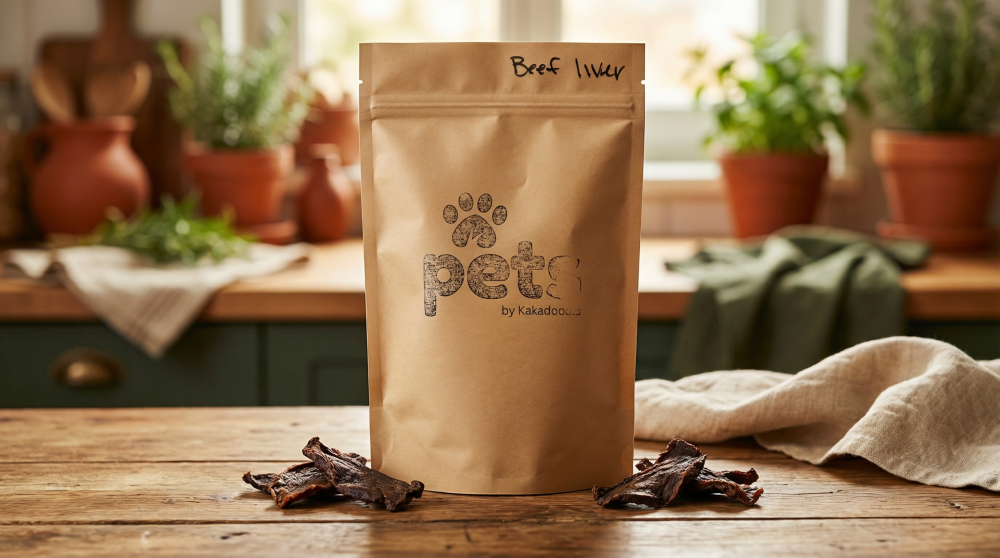newsletter Chemical-Free. Does it really matter?
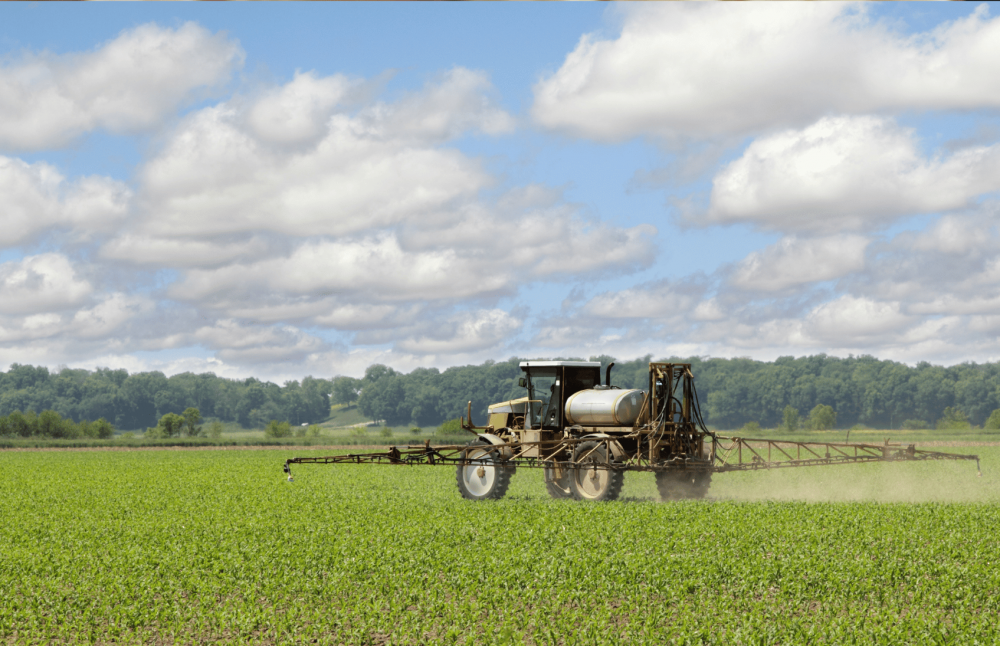
We didn’t start Kakadoodle as a “chemical-free” marketplace. The original ambition was just to get local food to more people, and honestly didn't think to much about chemicals. Like most people, we assumed if something was on the shelf—or approved for use—it was probably fine.
But the deeper we got into farming and food, the more we started to question that assumption.
One of the first things we learned: it’s incredibly hard to grow things like sweet corn or fruit around here without chemicals. Sure, you can do it in a backyard garden. But at scale—when you’ve sunk thousands into seed, you can’t afford to risk losing the crop. In fact, the very first farm we ever partnered with sold sweet corn, and he helped us to understand these realities. That’s when things started to shift. And then, it got personal.
About a year after starting Kakadoodle, I (Marty) found out that the exact strain of Non-Hodgkin lymphoma I was diagnosed with had been directly linked to glyphosate exposure. Not all types are, but mine was.
Do I know for sure that glyphosate caused my cancer? No. You can’t prove that. But it made us start asking harder questions. We wrestled with it, but ultimately chose to have all products on our market be chemical-free. Which meant we could not longer work with our sweet corn friend.
New studies about glyphosate in our food seem to pop up every couple months. One just came out studying rats. And it made curious to dive deeper, and wanted answers to:
How much glyphosate is really in our food? Does it really matter? Is it really something we should be worried about at all?
The Rat Study
In the recent Rat Study that mimicked chronic, low-level exposure, researchers gave pregnant rats drinking water with glyphosate at three levels:
- 0.5 ppm
- 5 ppm
- 50 ppm
All doses caused tumors—even the lowest one, 0.5 ppm. That’s the same level Europe currently considers safe.
So What's Legal?
In the U.S., the EPA allows up to 30 ppm of glyphosate residue in food.
In Europe? Just 0.5 ppm.
And back in 1993, the U.S. limit was only 0.1 ppm.
Let that sink in: what was once illegal just 30 years ago, is now considered totally fine.
And yes, Monsanto played a role in raising those limits.
How Much Are You Actually Consuming?
You’re not chugging pure glyphosate. But we are exposed to trace amounts across a lot of everyday foods.
So I looked back at a few of the studies that have come out recently. And I ran some numbers (with the help of AI) to see how see how that translates into how much we would actually need to eat/drink to to hit the EPA’s “safe” limit today… and how that compares to 1993.
🍪 Girl Scout Cookies
A commissioned study tested 25 varieties. All had glyphosate. Thin Mints showed the highest level at 0.111 ppm.
To hit today’s EPA “safe” intake, you’d need to eat about 100,000 Thin Mints in a single day.
But under the 1993 limit? Just 82 cookies.
That might sound extreme—no one’s crushing 100,000 Thin Mints. But 82? I’ve seen some boxes disappear in a weekend.
🍺 Beer
A 2019 report found glyphosate in 19 out of 20 popular beers and wines.
Coors, Budweiser, and New Belgium all tested around 0.0275 ppm.
To hit today’s limit? You’d need to drink over 3,000 beers in a single day.
But under the 1993 standard? Just 10 beers would put you over.
That’s a tailgate. That’s a festival. That’s… actually within reach for a lot of people.
🥣 Cheerios
Another recent study found that Honey Nut Cheerios Medley Crunch had a whopping 0.833 ppm of glyphosate.
To hit today’s EPA “safe” intake, you’d need to eat about 923 bowls of cereal in one day.
But under the 1993 limit? Just 3 bowls.
Most probably don't eat three bowls of cereal in a day. But now stack that with a bowl of cereal, a few cookies, and a couple beers—and it adds up fast.
So... Should We Be Worried?
Not panicking. But yeah, paying attention.
You’re probably not going to get cancer from a couple cookies, a beer, or a bowl of cereal. But:
- The average American now tests positive for glyphosate in their urine.
- We’re seeing more research linking chronic, low-level exposure to health effects.
- Pregnant women, kids, and people with health conditions might want to avoid even small amounts.
- The number of cancer cases continues to grow. While treatment has improved, we still don’t fully understand why some cancers are becoming more common—or what’s driving those trends.
What We’re Doing About It
At Kakadoodle, we just choose zero.
No glyphosate. No chemicals. No guesswork. Just food from real farms that work with nature. The way it was meant to be.
